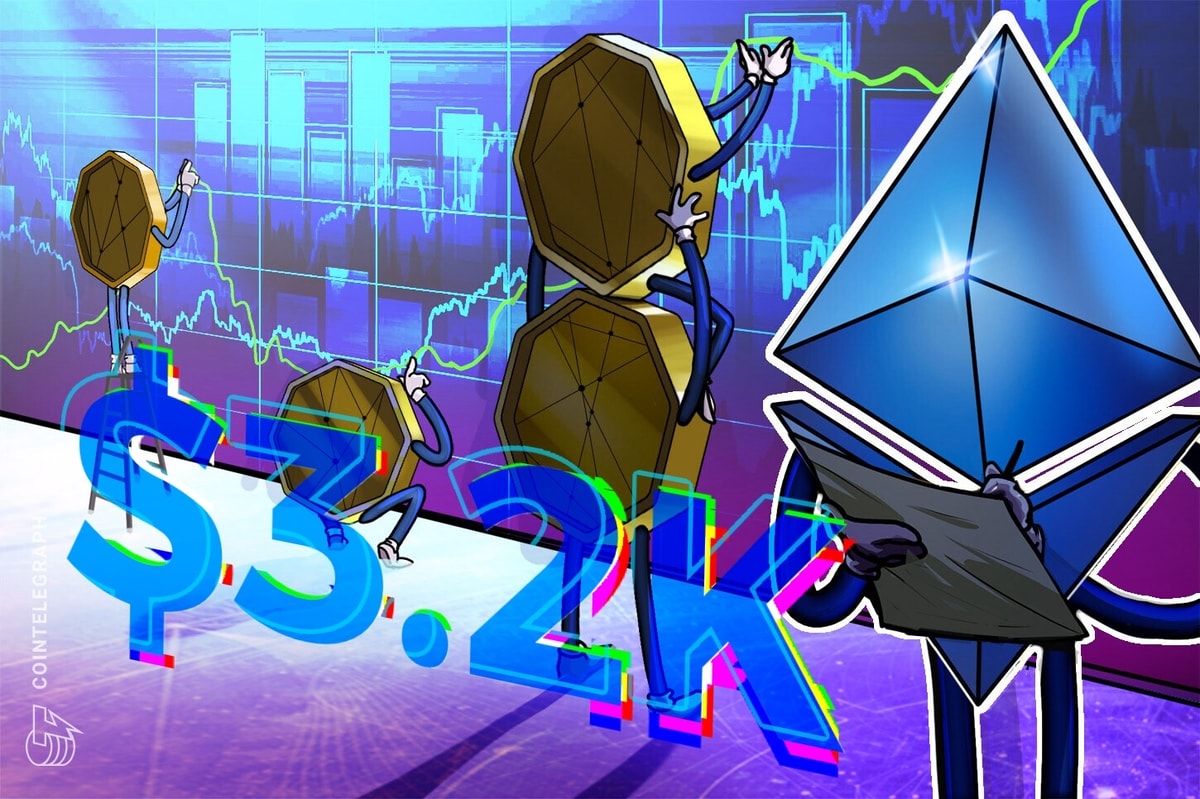The puzzle of the US economy
3 min read
Financial markets got off to a rip-roaring start to 2023. Equities, bonds and even bitcoin rallied in January. Emerging markets, shunned during the pandemic, also saw big inflows. The risk-on appetite hinged on expectations for a “soft landing” in the US: speedy disinflation, without a recession. Investors were brought back down to earth on Friday as the US reported strong job numbers, which raises the prospect that inflation could be stickier than expected and the Federal Reserve pushes interest rates higher for longer. Investors are befuddled. Until a clear narrative on how the economy will fare emerges, markets will continue to whipsaw.
Markets were initially buoyed by signs of easing price pressures in the US: headline inflation has been dropping from its highs since the summer and the Fed’s rate rises were beginning to cool interest rate-sensitive areas of the economy. Investors did not buy into the Fed’s narrative that monetary policy needed to do more heavy lifting before price growth would come under control. They had priced in a lower terminal rate and cuts later this year — even after the Fed raised rates by 25 basis points last week and warned of more to come.
After employment figures showed the US gained 517,000 jobs in January, much higher than anticipated, with unemployment at a 53-year low, markets moved closer to the Fed’s line and sold off. After all, solid jobs growth points to a still red-hot labour market, which will sustain price pressures. But markets are still digesting what it means for the US economic outlook, with a hard, a soft, and even a “no landing” scenario on the table, which have varying implications for investors and their positioning.
For some, the “soft landing” narrative remains intact. Sturdy jobs numbers alongside a slowdown in annual earnings growth — which reached a 17-month low of 4.4 per cent — suggest disinflation could be achieved without a notable uptick in unemployment. The employment cost index, which is closely correlated with underlying services inflation — a metric the Fed is monitoring — also softened recently. In this scenario, the Fed need not raise rates much further, and could even cut rates before the close of the year. But there is also discomfort that bumper jobs growth, and resilience in the service sector, could point to a “no landing” in which the economy does not slow and inflation and interest rates reach new heights.
Others are more alert to a “hard landing”. Indeed, economic activity is weakening more broadly: forward-looking indicators of the US manufacturing sector suggest it may already be in recession, while recent housing market and retail data show frailty. If wage growth fails to subside, the Fed may need to push the cost of credit even higher, making an accelerated slowdown in the US economy even more likely. But equally, weakness across the economy and faster pass-through of previous rate rises could more rapidly drag down both growth and inflation.
Financial markets are finding it hard to price in all these risks. Conflicting views mean asset prices will be particularly sensitive to new data and comments by Fed officials. For investors, the surprising jobs numbers highlight the risks of taking aggressive positions when uncertainty remains high — and of cherry-picking data to fit a narrative. Making sense of the US economy after recent shocks requires a degree of humility. The Fed, meanwhile, needs to remain steadfast in its aim to get inflation back down to target and ensure its communications are clear, at the same time remaining alive to financial stability risks as markets oscillate and reprice positions. Whether the landing for the US economy is soft or hard, there will be plenty of turbulence on the way there.





